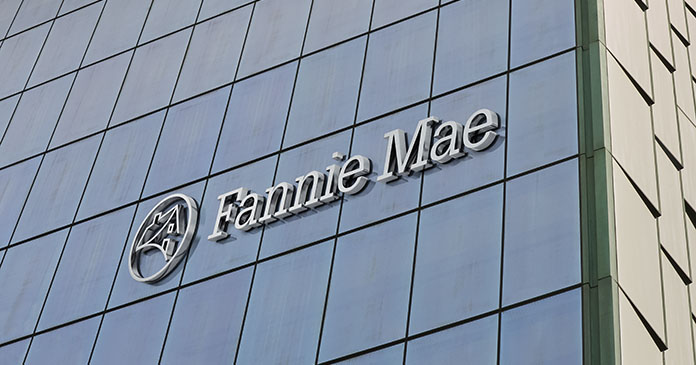Fannie Mae highlighted the achievement of key milestones, as it continues advancing the mortgage market’s readiness for the anticipated future cessation of LIBOR.
Through external engagement, including participation on the Alternative Reference Rates Committee (ARRC) and its working groups, and internal coordination through dedicated LIBOR transition program offices, Fannie Mae launched new Secured Overnight Financing Rate (SOFR)-based offerings, announced the discontinuation of certain LIBOR-based products, increased engagement in SOFR-based transactions which promoted market liquidity, and provided transparent information and disclosures to assist the market with the transition.
“The milestones that Fannie Mae achieved in 2020 are critical elements of the broader market’s transition away from LIBOR. It took significant organization, preparation, and thoughtful execution across the Enterprise. Because of Fannie Mae’s accomplishments, the company and the mortgage industry, are better positioned for the future, and we’ll continue the momentum in 2021,” said Bob Ives, Fannie Mae Treasurer.
Although recent proposals in the United Kingdom indicate that LIBOR’s cessation date for certain versions may be extended from the end of 2021 to mid-2023, Fannie Mae remains committed to preparing for a transition to alternative reference rates as soon as possible. The company will have ceased purchasing and issuing LIBOR-based products by the end of 2020, and will continue developing liquidity in SOFR-based products.
Fannie Mae will continue to share additional information about its LIBOR transition efforts and milestones to provide full transparency to all stakeholders, once the relevant UK parties have publicly announced their final plans regarding the cessation of LIBOR.
Key accomplishments to-date include:
New SOFR-based offerings
- Issued the market’s first-ever Multifamily and Single-Family Mortgage-Backed Securities (MBS) backed by Adjustable-Rate Mortgages (ARMs) referencing SOFR. These new product offerings enabled single-family and multifamily lenders to begin underwriting SOFR-indexed ARMs.
- Began offering new SOFR-indexed Collateralized Mortgage Obligations (CMOs) for REMIC settlements.
- On target to issue SOFR-indexed CRT deals in the future.
- Transitioned discounting for all derivatives (cleared books) from Effective Federal Funds Rate (EFFR) to SOFR discounting rate.
Ceased LIBOR products*
- Ceased issuing new LIBOR-indexed CMOs and floating-rate debt securities indexed to LIBOR.
- On track to cease Single-Family and Multifamily purchases of LIBOR-based ARMs and delivery of MBS LIBOR pools, as well as LIBOR-indexed Single-Family and Multifamily CRT products, by the end of 2020.
Increased market activity
- Actively participated in the SOFR derivatives market.
- Actively issued SOFR-linked debt offerings; Fannie Mae has issued $136 billion as of November 30, 2020.
Market transparency and disclosure
- Jointly with Freddie Mac, launched a LIBOR transition website, including extensive FAQs and a playbook.
- Incorporated the ARRC’s recommended fallback language for CMOs, ARMs, and CRT securities.
- Alongside Freddie Mac, jointly conducted surveys assessing investor/dealer readiness and seeking their feedback on the proposed structures of SOFR-based CRT and CMOs; incorporating market feedback into the final product frameworks.
*Fannie Mae was one of the first major financial institutions in the U.S. to announce it will no longer purchase or issue LIBOR-based products.
For more information on Fannie Mae’s LIBOR transition, visit their website.












